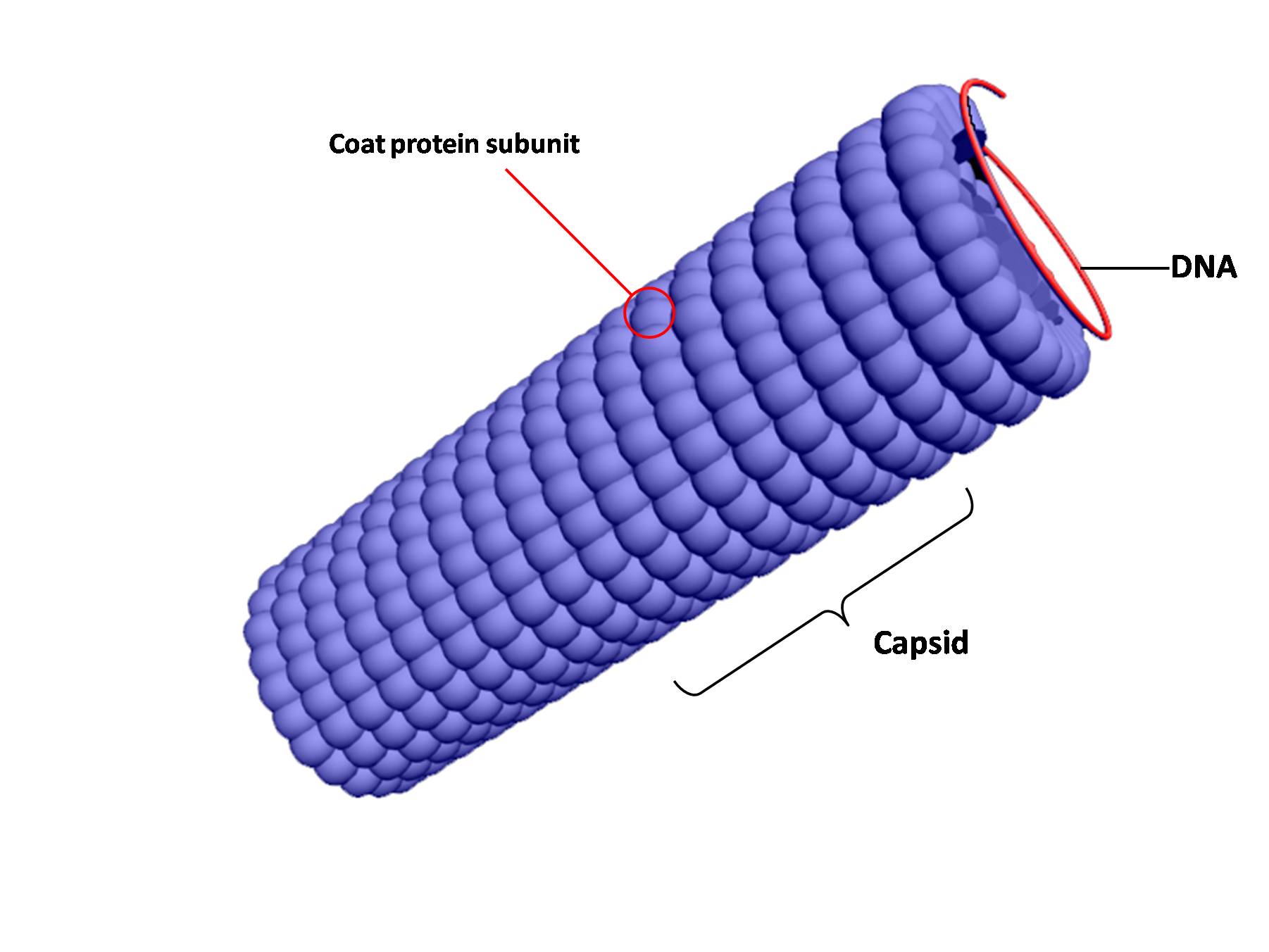ACELLULAR MICROORGANISM (VIRUSES)
Classification
According to International Committee for Taxonomy or Virus
a. Nucleic acid type
b. Nucleic acid strandedness
c. The sense (+ve/-ve) of ssRNA
d. Presence/absence of envelope
e. Type of host
General characteristics
Latin word "poison"
Smaller than bacteria
Obligate intracellular parasite
Single type nucleic acid
DNA or RNA
never both
Contain protein coat
Multiply inside living cell
Host
Can infect
invertebrae
Vertebrae
Plant
Protist
Bacteria
Fungi
Narrow range
Specific

Bacteriophages
Replication/Multiplication

Lytic cycle
Host die

Lysogenic cycle
Host remain alive
Size
Smaller than bacteria
Size comparision

Size comparision
Morphology

Helical viruses
Ebola virus
Polyhedral viruses
Adenovirus
Poliovirus

Enveloped viruses
Enveloped helical virus
Influenzavirus
Enveloped polyhedral viruses
Simplexvirus

Complex viruses
Bacteriophages
Taxonomy
Names of virus
Family = ends with viridae
Subfamily = ends with virinae
Genus and sp. = virus
Characteristics to divide viruses into taxonomic group
1. Nature of host
2. Nucleic acid characteristics
3. Capsid symmetry
4. Presence of envelope
5. Diameter of the virion or nucleocapsid
6. Number of capsomers in icosahedral viruses
Virus Family
DNA viruses
DNA are release into the nucleus of infected host cell
Parvoviridae
Human parvovirus
Adenoviridae
Mastadenovirus
Papovaviridae
Papillomavirus
Polyomavirus
Poxviridae
Orthopoxvirus
Molluscipoxvirus
Herpesviridae
Simplexvirus
Cytomegalovirus
Hepadnaviridae
Hepadnavirus
Picornaviridae
Enterovirus
Rhinovirus
Hepatitis A virus
Caliciviridae
Hepatitis E virus
Norovirus
RNA viruses
Multiplication occurs in cytoplasm
Release through rupture of host cell
Togaviridae
Alphavirus
Rubivirus
Flaviviridae
Hepatitis C virus
Coronaviridae
Coronavirus
Rhabdoviridae
Vesiculovirus
Lyssavirus
Filoviridae
Filovirus
Paramyxoviridae
Paramyxovirus
Morbillivirus
Paramyxovirus
Deltaviridae
Hepatitis D virus
Orthomyxoviridae
Influenzavirus
Influenza C virus
Viral structure
Structure of virus
Nucleic acid
DNA or RNA
DNA
Linear
ds, ss
Circular
ds, ss
RNA
Linear
ss
segmented
segmented ds
Capsid
Protein coat surrounding nucleic acid
envelope
Covered the capsid
Made up of:
Lipid
Protein
Carbohydrate

Other
Spike
Tail
Body
